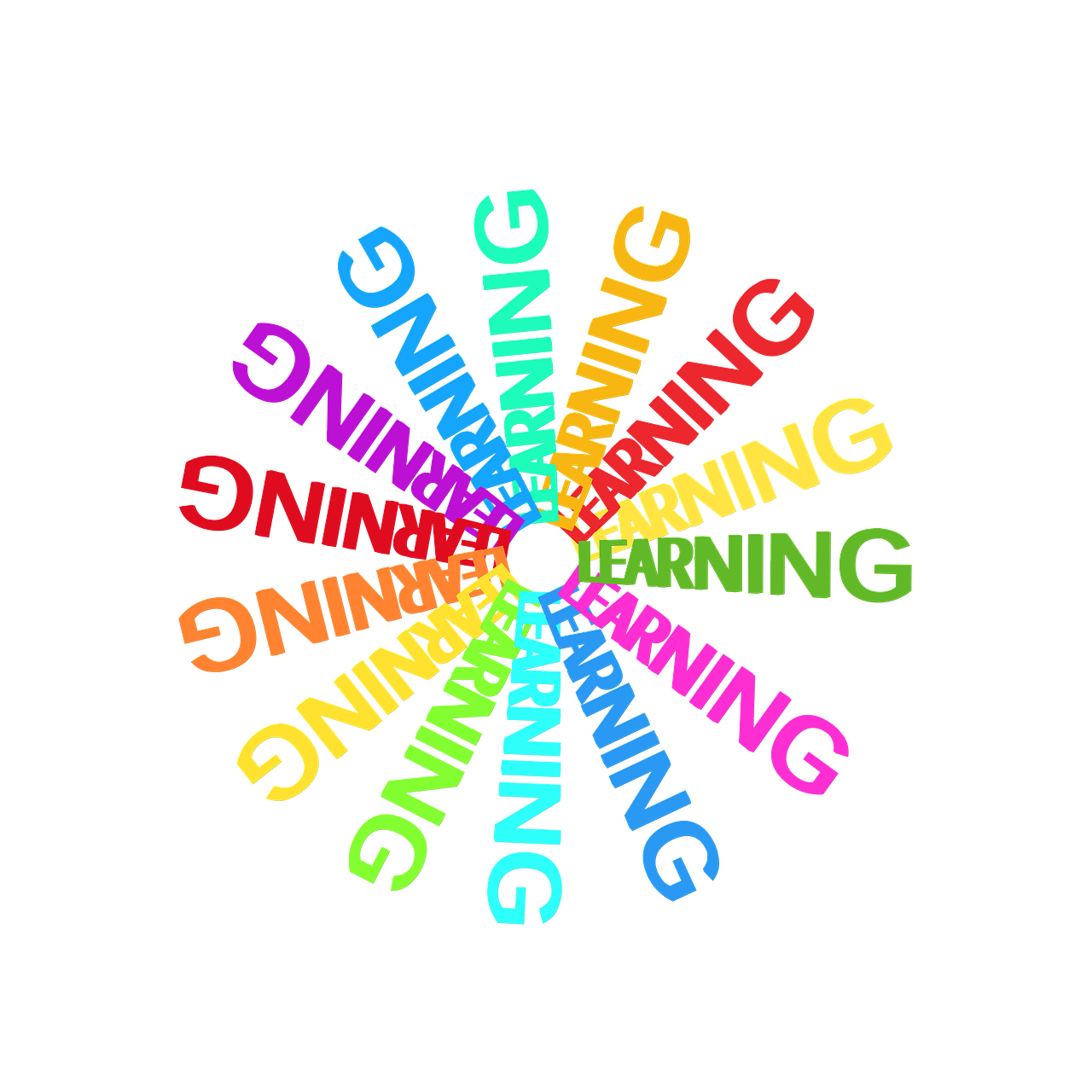What Is Non-Verbal Learning Disorder?
 Nonverbal learning disorder (NVLD), also known as nonverbal learning disability, is a neurological condition which typically emerges during childhood but can persist through adulthood. It is marked by one or more of a set of cognitive, and sometimes social, difficulties experienced by children of otherwise average or superior intelligence, such as visual-spatial struggles and motor-skill deficits. Some people diagnosed with NVLD also have trouble comprehending nonverbal information such as body language and facial expressions.
Nonverbal learning disorder (NVLD), also known as nonverbal learning disability, is a neurological condition which typically emerges during childhood but can persist through adulthood. It is marked by one or more of a set of cognitive, and sometimes social, difficulties experienced by children of otherwise average or superior intelligence, such as visual-spatial struggles and motor-skill deficits. Some people diagnosed with NVLD also have trouble comprehending nonverbal information such as body language and facial expressions.
NVLD is not widely known or understood, and affects different people in different ways, and so experts believe it may be significantly underdiagnosed, potentially leading to years of struggles for individuals who do not realize they could seek treatment.
In general, NVLD involves problems managing visual-spatial information, such as difficulty drawing, writing, or telling time using analog clocks. Tasks that require motor coordination, such as tying one’s shoes, may also be impaired. NVLD may also include problems with executive function and higher-order information processing, math, and social skills. It is important to note that only one or two skill sets may be compromised in NVLD, and not all. If a child’s intellectual abilities are strong in all but one or more of these areas, testing for NVLD may be warranted.
Symptoms
The signs and symptoms of a nonverbal learning disorder are difficult to pinpoint, as many deficits potentially fall under this umbrella term, and most children will not exhibit all of them; in other words, it can look very different in one child than it does in another. The condition is not defined in the Diagnostic and Statistical Manual of Mental Disorders, Volume 5 (DSM-V), although some advocates believe it should be. Typically, though, in spite of a large vocabulary and strong language, memory, and verbal skills, a child with NVLD will have difficulty with reading comprehension and more advanced math problems that require spatial visualization or pattern recognition.1
Excerpted from “Nonverbal Learning Disorder” in Psychology Today. Read the full article online.
Source: Psychology Today | Nonverbal Learning Disorder, https://www.psychologytoday.com/us/conditions/nonverbal-learning-disorder | © 2022 Sussex Publishers, LLC
Someone with NVLD may struggle with:
- Fine motor skills (using scissors, tying shoelaces, pencil grip, etc.)
- Gross motor skills (throwing a ball, riding a bike, etc.)
- Spatial awareness (bumping into people and things)
- Organization and planning
- Activities that require multitasking
- Staying focused
- Recalling visual information
- Peer relationships
- Reading social cues
- Interpreting social interactions
- Handling and understanding new and novel situations
- Interpreting nonverbal communication (facial expressions, posture, tone of voice, etc.)
- Understanding idioms, humor and sarcasm
- Reading comprehension
- Essay writing
- Understanding charts and diagrams, like maps and graphs
- Math skills (understanding fractions, geometric shapes and word problems)
Source: NVLD Project | What is Non-Verbal Learning Disability?, https://nvld.org/non-verbal-learning-disability | © 2022 The NVLD Project
Learn more about non-verbal learning disorder on the NVLD Project website. The nonprofit NVLD Project is dedicated to raising awareness, building support and creating helpful solutions for children, adolescents, and adults with Non-Verbal Learning Disability.
If you have concerns about your child or teen, CHC Care Coordinators can arrange a free 30-minute consultation so you can explore options with an expert. We invite you to call or email us at 650.688.3625 or careteam@chconline.org to set up an initial Parent Consultation appointment. CHC teletherapy services are available now.





